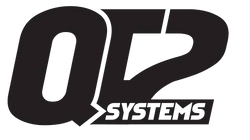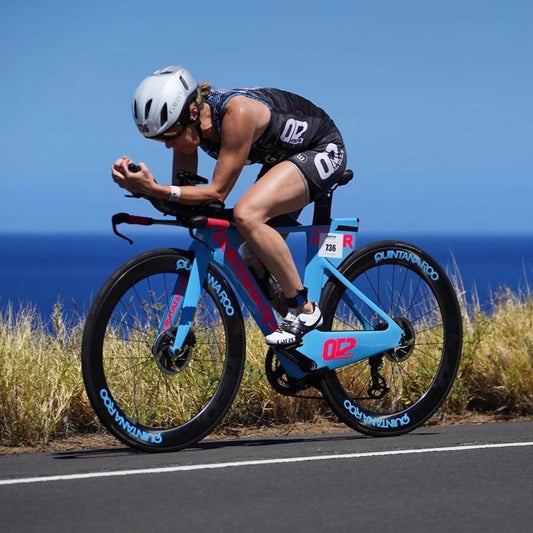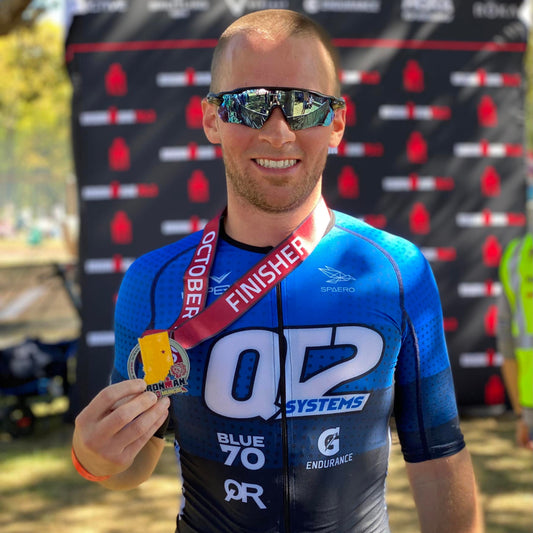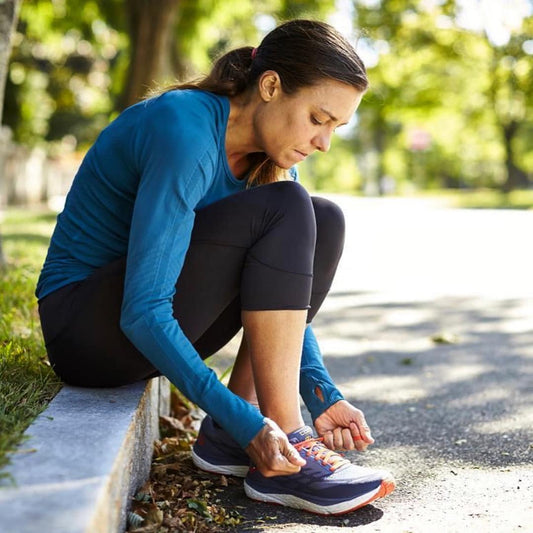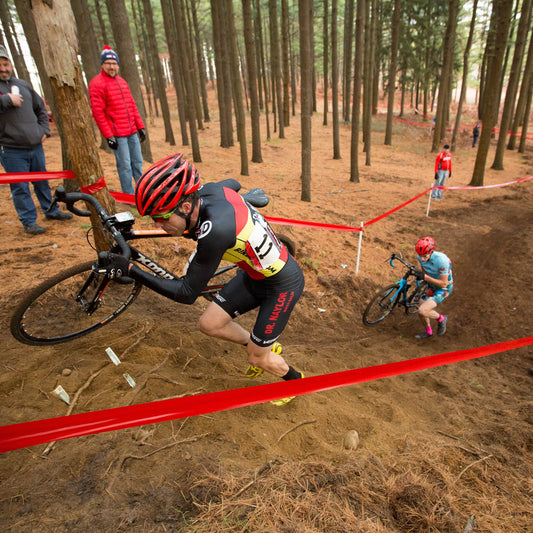This year I found myself with a very interesting mix of athletes on my roster. This writing will serve as a brief glimpse into how QT2 coaching principles can be used to help a wide array of different endurance athletes improve their performance. .
Once a coach has a deep understanding of the QT2 coaching logic it is relatively easy to use these principles to build programs for endurance sports other than long course triathlon like ITU racing, marathon, mountain running, cycling time trials, ultra-running, cross country skiing and more. This year I happen to have a wide variety of athletes in different sports on my roster and I wanted to share some of the different approaches I use with them under the umbrella of QT2 logic. Currently, I have 13 athletes I am coaching intensively and I also help support coach Vinny on the mission forum.
I have two professional long course triathletes and one professional short course/ITU specialist who happens to be in college. I have five elite age group long course triathletes. I have two ultra-runners with one focusing on the 100 mile distance and one focusing on multi-day stage racing building up to the 4Deserts race in the Atacama Desert in South America. I have two elite female marathoners both of whom are trying to break the 2:50 mark... As you can see, there is a lot of variety here – differing needs and differing training stresses needed. For example, the ITU athlete needs a dramatically different program than the ultra-runner!! So how do I meet these needs while applying qt2 logic?
The first step is to determine which energy system is needed for their key race (as well as other race specific demands) and the next step is to determine where their physiology sits on an anaerobic vs aerobic continuum (qt2 logic through and through!). Even within the group of age-group triathletes I have there are differing strengths and needs – currently I have 4 aerobic age group athletes and an anaerobic athlete. Our job as QT2 coaches is to find the dials, find the low hanging fruits. What is this athlete’s weakness? Where will we get the biggest bang for the buck? Is it strength related? Execution related? Body composition? Vitamin/mineral deficiency? Digestive issues? Form/technique? Mental fitness? What are the dials that can be adjusted to improve performance?
Here are some examples of the varying needs of my athletes and how each is being addressed. I have an elite age group athlete who was determined to be aerobic. This athlete had many years of experience and was good at pacing and fueling and his body comp was great. This athlete’s limiter, based on half and full IM results, was cycling strength. We raised that up via a focus on improving bike-specific strength with unique bike specific strength workouts performed after key bike workouts and this had the effect of raising his overall tri performance. Within 6 months he set a personal record and qualified for Kona. QT2 logic: clearly identify the limiter then develop a program that addresses this. Cycling is a strength endurance sport, apply the correct stress so the athlete develops this ability.
In the second example, one of the elite marathoners came to me and had been running 90 mile weeks and finding herself in a performance plateau. Looking at all of her data - she was incredibly aerobic. To address this challenge, I reduced her mileage down to the 70-75 mile range and added much higher intensity runs to lift her VO2 ceiling. These sessions included many key sessions like 2-5 min best effort intervals, race specific sets, progression runs and hill work. Furthermore, this athlete was challenged to distinctly separate hard days from easy days. Our mantra became “hard days hard, and easy days easy” – no grey area training. Within 6 months, her fitness starting popping and she started setting PRs, at close to 40 years old! The QT2 logic here is that if an athlete is very aerobic and plateauing, apply the right stress to lift the VO2 ceiling and give the athlete “more room” to push up aerobic outputs. More mileage is not always the answer.
The last example is with ultra-runners. Generally in the athletes I’ve seen they tend to be very, very aerobic and often need a good dose of higher intensity running and durability development prior to the race specific phase. The other important need is a great deal of strength more than a marathoner for example - hill work, time on their feet for durability, functional strength work and a lot of ongoing body work (self-myofascial release work followed by stretching) to keep the body in one piece in order to handle the demands of a very high mileage program. The logic here is around analyzing the specific demands of racing ultramarathons, and applying specific stress to meet the unique challenges of this type of event -then within that scheme applying the right stress based on that athlete’s physiology.
Every athlete is different and effective coaching requires that we dig into the details of athlete specifics and race specifics -in order to provide the exact stimulus necessary to take the athlete to the next performance level.
- This post was written by QT2 Level 3 Coach, John Spinney.
